Whether you live in a 100 year old house or a brand new one, you are bound to have something break down or malfunction. The question that now arises is this: are you going to fix the problem yourself, or are you going to part ways with your hard earned money and hire someone to fix the problem for you?
This is a very critical question – one which we as adults are faced with on an everyday basis. Now, I am going to help you solve it.
The Benefits Of Doing-It-Yourself
There are many reasons why you should pull-the-plug and indulge in a DIY project in your home. The most important ones are that:
- You will save a lot of money
If you could sit down and calculate the money you spent in the last 5 years paying service men to do some handy work for you, you’ll be flabbergasted.
Painting your bedroom wall, or unclogging that kitchen drain yourself, could save you thousands of dollars on the long run.

- You will get a sense of satisfaction and fulfillment
There is no better feeling than the feeling you get, after successfully completing a DIY task. In addition to the actual pleasure of doing the project or repairs yourself, I am speaking about these:
– Your partner and kids are going to be hailing you. Also in the future, the whole family will rely on your skills.
– You are going to have a good story to tell to your buddies, and maybe learn them also to rely on themselves.
– Your confidence levels will reach sky-high, causing you to tackle much more complex DIY projects.
- Your health will improve
The last, and most important reason why you should start being handy, is that indulging in any DIY project is said to cause you to forget your current life problems, and helps you to live in the moment. Immersing yourself in handy work has been proven to be very beneficial to the brain, thus helping to lower your stress and depression levels.
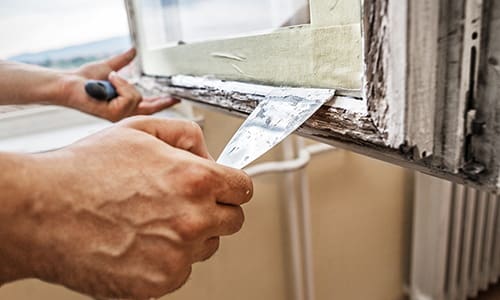
Questions To Ask Yourself Before Tackling A DIY Project
With all the benefits mentioned above, you might have the urge to dive into some handy work – but wait first!
Here are three questions you must ask yourself before tackling any DIY project.
- Are you going to need any permit or license to undertake your project?
Some States require that you have a permit or license to undertake plumbing, electrical, and fencing replacement projects etc. – so make sure you have all the right papers.
- What is the worst thing that could happen if you undertake that project yourself?
Undertaking a project you don’t understand can end sideways, causing you to pay double what you could have paid a professional.
Assess your skill level and the damage you could bring if things don’t go according to plan. Now you can choose the right person for the job.
- How urgent is your project?
Some DIY-ers love procrastinating, which can lead to the problem becoming bigger than it should be.
If you don’t have the time to complete the urgent project, then hire a professional to do it for you, some problems increase with time.
Related: The Lazy Man’s Tricks And Tips To Homesteading
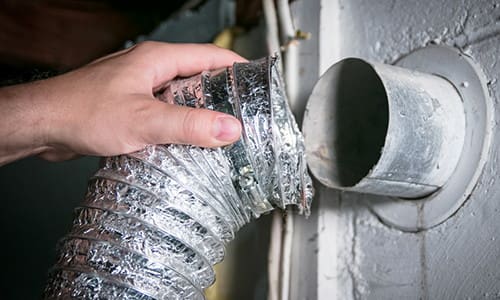
What Type Of A DIY-er Are You?
DIY is a very broad topic. Doing everything yourself is merely impossible, which means you must niche down.
Find those projects that interest you, and stick to them. Leave the rest to the pros. Here are the three different types of DIY personality types that exist.
The Beginner: that handy person who never quite gets started with his project, or that one that starts and finishes sometime in the future.
What to do: start doing the smallest and easiest projects like cleaning the gutters or painting your doghouse etc., and gain confidence from there.
The Weekend Fanatic: that handy person who usually does handy work on weekends or holidays only.
What to do: keep increasing the level of your DIY skills so that you can fix any problem as it arises to avoid further damage if left during the week.
The Professional: this is not really a “professional”. He or she is that handy person that tackles handy work as it arises to avoid further damages.
What to do: keep it up. It is now time to advance your skills. Start tackling much more complex handy work like replacing the septic tank or doing electricity replacements etc.
Tools Every DIY-er Must Have
The biggest reason why many people don’t engage in DIY, is that they don’t have the tools to get the job done. Here are five tools that every DIY-er must have:
Drill: A drill is used to bust open holes on walls.
A Screwdriver Set: Replacing batteries for some alarms and remotes needs a screwdriver. If you have a set, you will get the job done easily.
A Measuring Tape: To get most things done in the DIY world, you are going to need to get the measurement right – no guesswork. A measuring tape fulfill that job for you.
A Ladder: You need a ladder to cut trees, clean the gutter or replace a light bulb – without it you will have to climb some unstable stuff.
Level: A level helps you place something accurately upright. To screw a frame to the wall without it slanting a bit you will need a level. To replace your toilet you are going to need a level.
Related: How To Change An Electrical Outlet
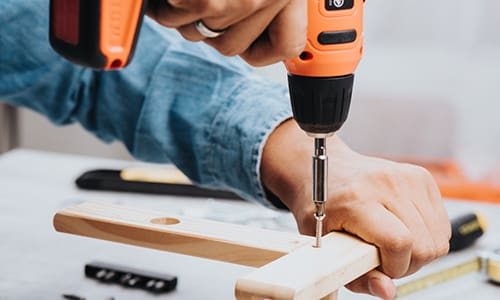
The Best Examples Of DIY Projects For Beginners
With every new or uncommon endeavor you need to get your feet wet before you dive in. This principle holds true in the DIY arena.
Here are examples of two projects you can get started with, as a newbie:
Fixing A Loose Tile
This is quite fun, simple, and straightforward.
- Run a hot iron on the sides of the loose tile to loosen the adhesive.
- Gently remove the tile.
- Clean the area where you took the tile from with alcohol, scraping out any bits of adhesive.
- Get and apply a new, fresh coat of adhesive and place the tile back.
- Roll a rolling pin over the tile then put something heavy, like a stack of books, over it.
- Wipe off excess adhesive surrounding the tile.
- Leave the stack of books until the tile is stable.
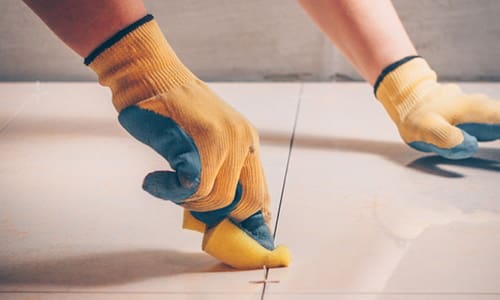
Unclogging A Drain
There are three ways you can unclog a drain.
- Create a mixture of hot water, vinegar, and baking soda and pour it into the drain.
- If that doesn’t work, use a plunger. Half fill the sink with water and start trying to pump out the clog.
- If that doesn’t work either, get a bucket and place it under the trap. Unscrew and remove the trap, then clean out the clog, and screw it back.
Make sure your partner and kids are watching, because they are going to think you are a genius.
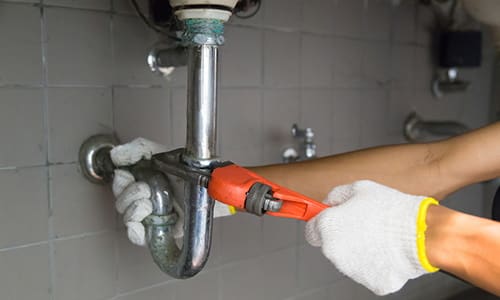
Tightening Door Hinges
This is the simplest of the three projects to undertake.
Just go around the house and look for doors that seem to be loose. If you find them:
- Get a screw driver and tighten the screws.
- If that doesn’t work remove the loose screws.
- Get a matchstick and dip it into some carpenter glue. Take that matchstick and push it into the hole where you took out the screw from.
- Break the protruding matchstick.
- Take your screw and force-screw it into the hole with the matchstick and you are good to go.
There are so many DIY projects you can tryout. The key is to start with the small and easy ones, and accelerate from there.
Since you got this far down the article, it is clear that you are a DIY-er. We want to reward you for your hard work, and your skills.
What is the project you’re most proud of?
Just send us an email at support@selfsufficientprojects.com and send us pictures and all the nitty-gritty of your project. Walk us through it, from the reason you had to make it, to the final result.
If you haven’t started the project yet, that’s ok. Send us your ideas and sketches, we want to see it come alive, step by step.
Most of these projects will be selected to receive 50% funding and to be posted on the website, but all will be of great value to help us better understand the issues our members are facing on their property, whether they are homesteading or just improving their backyard.
Looking forward to seeing your nifty DIY!
You may also like:
An Insanely Effective Way to Build a 5 Year Food Stockpile (Video)
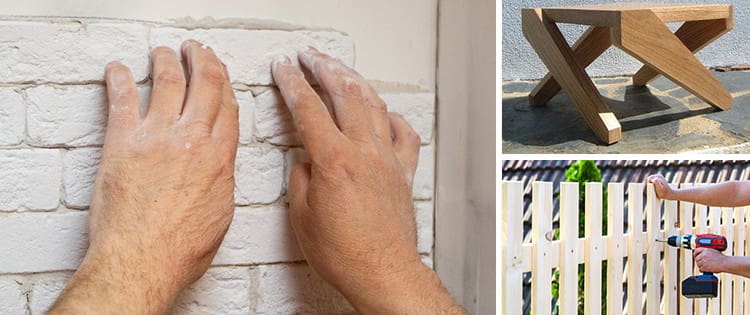









I would have sent you my project, but I see in your past articles that you already have it. I did a tool shed (not from pallets) because I needed the extra space in my yard. I don’t have any pictures of it, didn’t think I would need them 🙂 it would have been nice. Great article and great idea!